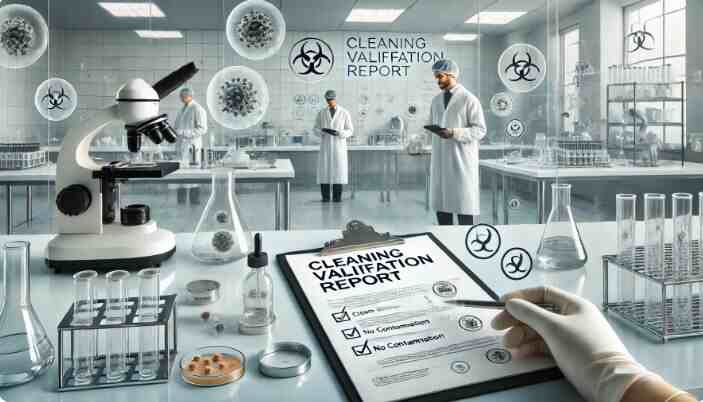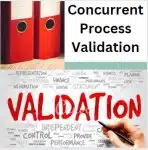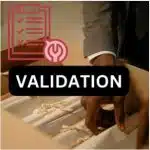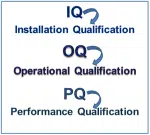Learn how to write a standard cleaning validation report of microbiology laboratory in pharmaceuticals.

1. Objective
The purpose of this validation report is to evaluate and confirm the effectiveness of cleaning procedures applied in the microbiology area of the pharmaceutical manufacturing facility. The goal is to ensure that the cleaning process consistently removes microbial contamination and residues to levels that meet predefined acceptance criteria, in compliance with regulatory standards (e.g., FDA, EMA, WHO) and Good Manufacturing Practices (GMP).
2. Scope
This report covers the cleaning validation conducted for the following areas within the microbiology laboratory:
2.1 Aseptic processing rooms.
2.2 Cleanrooms (ISO Class 5, 7, and 8).
2.3 Equipment used for microbiological assays (e.g., incubators, autoclaves, laminar flow hoods).
2.4 Instruments and surfaces frequently exposed to microbial cultures or sample handling.
2.5 Waste management areas related to microbiological activities.
2.6 The report also addresses the potential cross-contamination between different products and microbial strains, focusing on critical surfaces and equipment that come into contact with microbial materials.
3. Acceptance Criteria
To verify the success of the cleaning validation, the following acceptance criteria were established:
3.1 Microbial Limits
3.1.1 Total Viable Count (TVC) must not exceed 10 CFU per cm² on equipment and surfaces after cleaning.
3.1.2 No presence of objectionable organisms, such as Escherichia coli, Pseudomonas aeruginosa, or other specific pathogens.
3.2 Visual Cleanliness
All surfaces and equipment must be visually free of any residues, including soil, stains, or visible microbial growth.
3.3 Residue Limits
Detergents and cleaning agents must be effectively removed, with residual chemical levels below acceptable limits (as per risk assessment).
3.4 Sterility Assurance
All cleanroom areas classified as ISO 5 must demonstrate compliance with sterility guidelines, maintaining sterile conditions post-cleaning.
4. Methodology
The cleaning validation was conducted in the following steps:
4.1 Risk Assessment and Sampling Plan Development
Risk assessment was performed to identify critical control points within the microbiology laboratory and production areas. Based on the assessment, sampling points were selected, including high-touch surfaces, critical instruments, and areas with high microbial load risk.
4.2 Cleaning Procedure
Standard operating procedures (SOPs) for cleaning were strictly followed. The cleaning agents used included a combination of detergent-based cleaning solutions and sporicidal agents. Cleaning was conducted according to the validated frequency and concentration of cleaning agents.
4.3 Microbial Sampling and Testing
4.3.1 Swab Testing: Surface samples were taken using sterile swabs at designated points post-cleaning.
4.3.2 Contact Plates: RODAC plates (Replicate Organism Detection and Counting) were used to assess microbial counts from flat surfaces.
4.3.3 Air Sampling: Active and passive air sampling was conducted to monitor airborne microbial contamination.
4.4.4 Rinse Water Testing: After cleaning equipment, rinse water samples were collected to check for microbial and chemical residue presence.
4.4 Incubation and Microbial Enumeration
Swab and contact plate samples were incubated under standard conditions for 5 days at 32–35°C for bacterial growth and 20–25°C for fungal growth. Colony-forming units (CFUs) were counted, and objectionable organisms were identified using appropriate microbial identification techniques.
5. Results
| Test Area | Sampling Method | TVC (CFU/cm²) | Objectionable Organisms | Chemical Residues | Acceptance Status |
| Aseptic Processing Room | Swab & Contact Plate | 2 CFU/cm² | None | Below Limit | Pass |
| Cleanroom ISO 7 | Air Sampling | 1 CFU/m³ | None | N/A | Pass |
| Laminar Flow Hood | Swab Testing | 0 CFU/cm² | None | Below Limit | Pass |
| Incubator Surfaces | Contact Plate | 5 CFU/cm² | None | Below Limit | Pass |
| Equipment (Autoclave) | Rinse Water Testing | No Growth | None | Below Limit | Pass |
6. Discussion
The results of the cleaning validation indicate that all tested areas and equipment met the predefined acceptance criteria. No objectionable organisms were detected in any of the samples, and the total viable counts were well within the acceptable limits. The residual chemical analysis showed that the cleaning agents were adequately removed from all surfaces and equipment.
There were no deviations in the cleaning procedures, and the cleaning was confirmed to be effective in maintaining microbial control across all critical areas. Additionally, the visual inspection confirmed that no residues or soil remained post-cleaning.
7. Conclusion
Based on the results of this validation study, the cleaning procedures in the microbiology area of the pharmaceutical manufacturing facility have been demonstrated to be effective and reproducible. All predefined microbial, residue, and cleanliness criteria were met. Therefore, the cleaning process is considered validated and suitable for routine use in maintaining the required microbiological cleanliness standards.
8. Recommendations
8.1 Continue to follow the validated cleaning SOPs and maintain regular monitoring of microbial contamination.
8.2 Perform revalidation if there are significant changes in equipment, cleaning agents, or production processes.
8.3 Conduct periodic retraining of personnel involved in the cleaning and sampling process to ensure adherence to GMP guidelines.
9. Attachments
9.1 Cleaning Validation Protocol
9.2 Raw Data and Test Results
9.3 Microbial and Residue Test Certificates
9.4 Risk Assessment Report
9.5 Sampling Plan
Related Topics:
- Cleaning Validation Protocol for Microbiology lab
- Cleaning Validation Protocol for Quality Control
- Cleaning Validation Protocol for Production Area in Pharmaceuticals
- Cleaning Validation Master Plan (CVMP)
- Pharmaceutical Validation Program

Abdus Sobhan Salim is professional experienced pharmacist in pharmaceuticals, author and founder of pharmabossbd.com, the first Bangladeshi pharmaceutical blogger since 2019.



